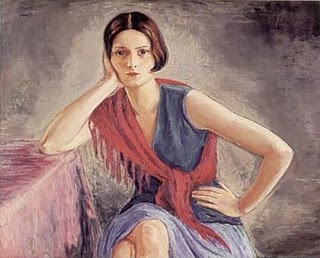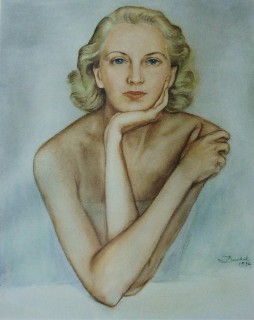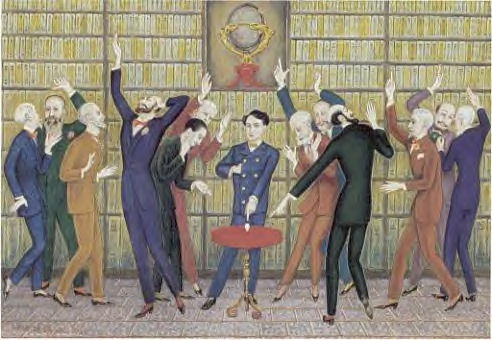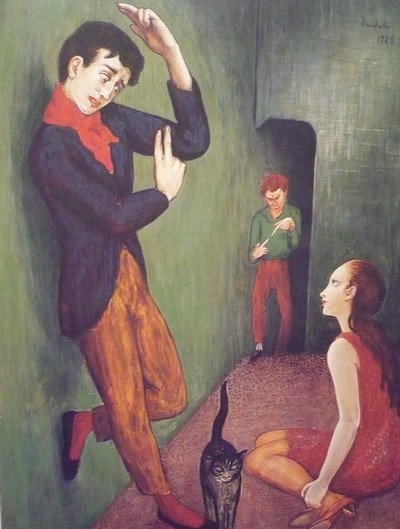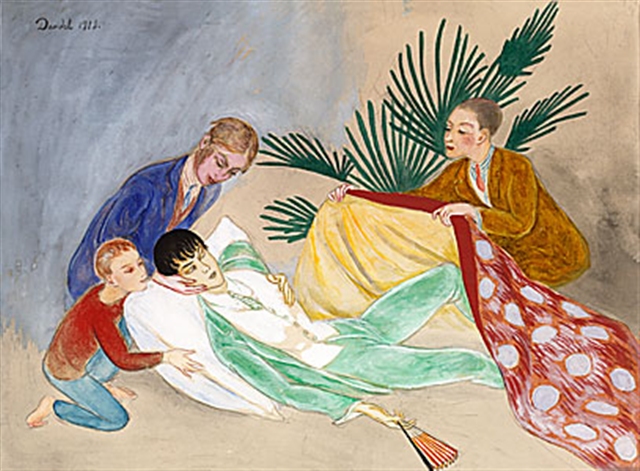<Back to Index>
- Paleontologist Dragutin Gorjanović - Kramberger, 1856
- Painter Nils Elias Christoffer von Dardel, 1888
- General of the Polish Army Józef Dowbor - Muśnicki, 1867
PAGE SPONSOR
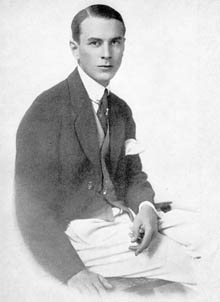
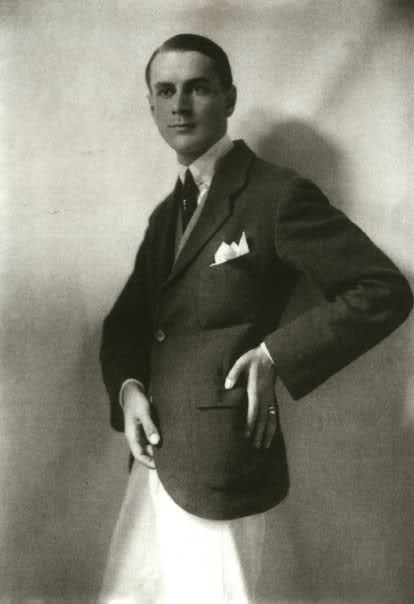
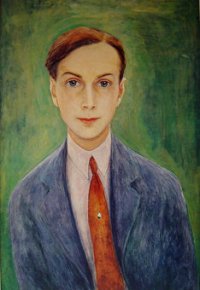
Nils Elias Christoffer von Dardel (sign: Nils Dardel) (25 October 1888 – 25 May 1943), was a Swedish post impressionist painter.
Nils von Dardel was born in Bettna, Södermanland, Sweden in 1888. After studying at the Royal Swedish Academy of Arts in Stockholm, he was one of a group of young artists (including Sigrid Hjertén, Isaac Grünewald, Einar Jolin, and Leander Engström) who went to Paris in around 1910. It was the reputation of Henri Matisse that drew most of them, but Matisse had relatively little impact on von Dardel; instead he was influenced by the Post Impressionists, the pure colours of the Fauvists, and Japanese woodcuts. He also made some tentative attempts at Cubism in a few cityscapes.
Von Dardel's interest in Post Impressionist tendencies, especially Pointillism, was expressed in strong, clear colours blended with a naïve style of storytelling. A typical example is Begravning i Senlis (Funeral in Senlis) from 1913, which he painted while staying in the small medieval town of Senlis. Back in Paris he portrayed the German art dealer Alfred Flechtheim. The human figure is the dominant motif in von Dardel's works, noted e.g. in Den döende dandyn (The Dying Dandy) from 1918.
In 1913, von Dardel made friends with a fellow Swede, Rolf de Maré, who would later create the Ballets Suédois, which would perform in Paris in 1920 – 1925. Von Dardel was not particularly well off, but he was imaginative and talented, while de Maré was enthusiastic and had money. Together they were a very fruitful duo during the five eventful years of the dance company's existence. In 1920 von Dardel produced the stage sets for the première piece Midsummer Wake, with music by Hugo Alfvén, and for the pioneering dance drama Maison de Fous, composed by Viking Dahl. The paintings from this period often recall stage sets; they are like sketches for a drama, or stills from a film in which the viewer assumes the role of author and director. Crime passionnel (Crime of Passion) from 1921 is an example, vivid and even gory, while also echoing the artist's hectic life in 1920s Paris.
Von
Dardel led a self - destructive, itinerant and hectic life. Many of his
later paintings are portraits of people he met on his travels. Around
the time of the outbreak of World War II, the Liljevalchs konsthall in Stockholm mounted a retrospective of his work; this was his final popular breakthrough in his native country. He died in New York in 1943.



